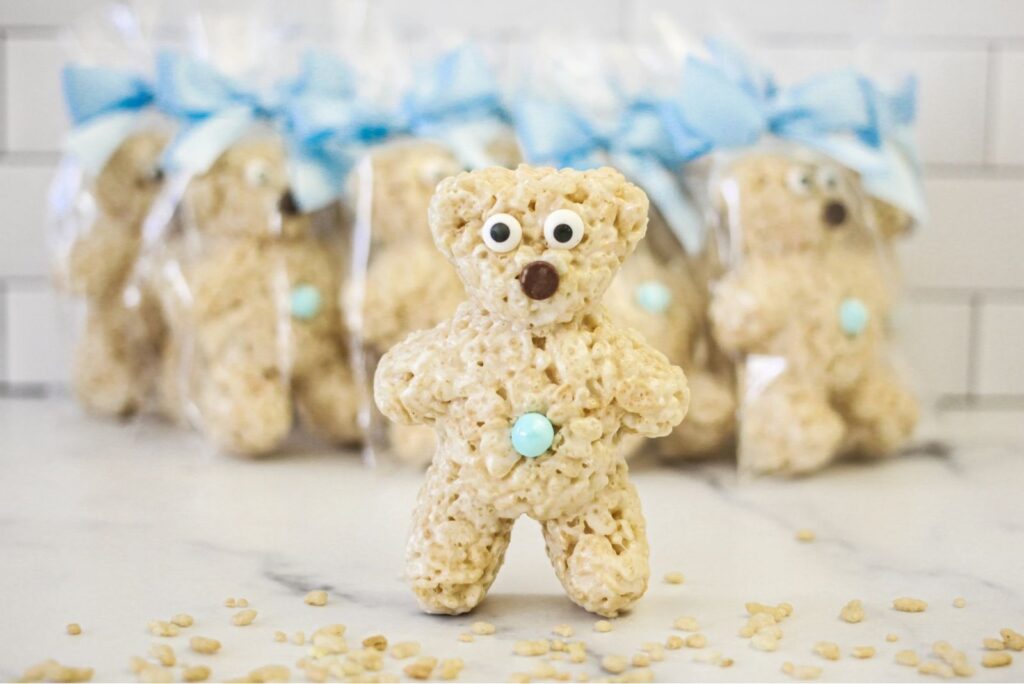American food trends have been focused health-and-wellness since obesity in the US was declared an epidemic in the late ‘90s. Today, as the COVID-19 pandemic enters its third year, American consumers are living in a dichotomy between health and comfort, often seeing indulgence through a different lens.
Once considered an “either/or” proposition, eating habits are now thought of more like a puzzle, where healthy and indulgent each have a specific fit.
“Consumers are recognizing that what they’re trying to achieve is a sustainable way of feeling well,” said Shelley Balanko, PhD., senior VP at the Hartman Group, a research firm focused on food and beverage consumer trends. “When the pendulum swings to either extreme, it really doesn’t leave anyone feeling well. Too much restriction is unsettling — for its own reasons — and too much indulgence is unsettling. So, trying to achieve more of an equilibrium is the desired path for most consumers.”
NielsenIQ research revealed that almost a third (31%) of Americans said they have a totally different set of priorities than they did in 2019, and those priorities will significantly impact their buying decisions. In NielsenIQ’s Global Consumer Outlook report for 2022, 63% of consumers said physical wellness will be important to them over the next 12 months. And 65% of the respondents said the same thing about mental wellness.
Hartman Group research sees this playing out in food choices and how those puzzle pieces all fit together.
“As we become a health-and-wellness culture, the thought around indulgences is that they’re an integral part of a balanced lifestyle,” Dr. Balanko said. “People have really embraced that notion of balance, and they’re thinking about health-and-wellness more holistically than ever before. The pandemic really solidified this notion that physical well-being is just as important as mental well-being, and those two sides can affect each other to a certain degree.”
Oftentimes, the word “diet” gives way to “lifestyle,” and that provides room for consumers to dig into a treat occasionally. And as people give themselves permission to indulge, they can be more discerning on what they consider to be worth it. For bakers producing decadent sweet goods, this becomes a key consideration in product development.
The first step is identifying the goals and strategies for a product or brand’s primary demographic. When it comes to eating well, what’s considered a worthy indulgence primarily depends on the camp in which its consumers fall.







